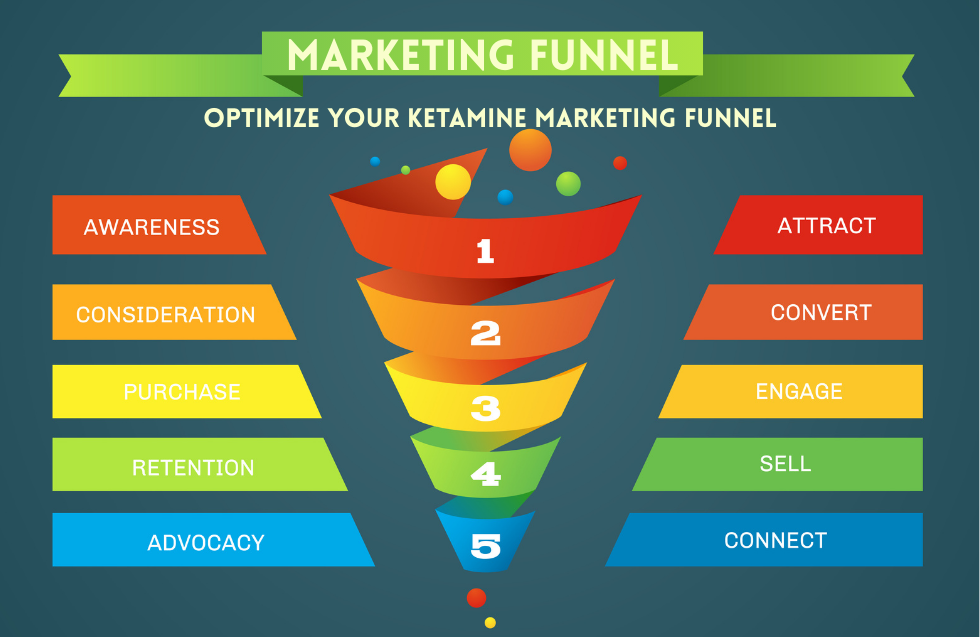The software development industry is on the cusp of a transformative era, driven by advancements in technology and changing business needs. To assess whether the industry is prepared for the next generation of software development, we need to delve into several critical areas: emerging technologies, evolving practices, readiness factors, and associated challenges. Here’s a detailed exploration of each aspect:
The Current State of Software Development
- Emergence of New Technologies
- Artificial Intelligence (AI) and Machine Learning (ML)
- Impact: AI and ML are reshaping software development by automating repetitive tasks, enhancing predictive capabilities, and improving user experiences. According to a report by McKinsey, 70% of organizations have adopted AI in at least one business function.
- Tools: Popular AI/ML tools include TensorFlow, PyTorch, and Azure Machine Learning. These tools facilitate model development, training, and deployment.
- Statistics: The global AI market size was valued at $136.55 billion in 2022 and is expected to reach $1.81 trillion by 2030, growing at a CAGR of 37.3% (Statista).
- Cloud Computing
- Impact: Cloud computing has revolutionized software development by providing scalable resources and enabling remote collaboration. According to a report by Synergy Research Group, global cloud infrastructure services spending reached $227 billion in 2023.
- Tools: Major cloud platforms include Amazon Web Services (AWS), Microsoft Azure, and Google Cloud Platform (GCP). These platforms offer services ranging from computing power to machine learning capabilities.
- Statistics: The cloud computing market is projected to grow from $371 billion in 2020 to $832 billion by 2025, at a CAGR of 17.5% (MarketsandMarkets).
- Artificial Intelligence (AI) and Machine Learning (ML)
- Evolving Development Practices
- Agile Methodologies
- Impact: Agile methodologies promote iterative development, collaboration, and flexibility. According to the Agile Alliance, 71% of organizations use Agile practices, up from 60% in 2020.
- Tools: Popular Agile tools include Jira, Trello, and Asana. These tools help teams manage sprints, track progress, and facilitate communication.
- Statistics: Agile adoption has increased globally, with 79% of organizations reporting higher customer satisfaction and 73% noting improved team collaboration (VersionOne).
- DevOps Culture
- Impact: DevOps integrates development and operations to enhance automation, continuous integration, and continuous delivery (CI/CD). The DevOps Institute reports that 83% of organizations have adopted DevOps practices.
- Tools: Key DevOps tools include Jenkins, Docker, and Kubernetes. These tools support automated testing, containerization, and orchestration.
- Statistics: Companies practicing DevOps have seen a 24% increase in deployment frequency and a 27% reduction in change failure rates (DORA State of DevOps Report).
- Agile Methodologies
Readiness for the Next Generation
- Skills and Talent
- Upskilling and Reskilling
- Impact: As technology evolves, upskilling and reskilling are essential for maintaining a competitive edge. According to the World Economic Forum, 50% of employees will need reskilling by 2025.
- Tools: Platforms like Coursera, Udemy, and LinkedIn Learning offer courses in AI, cloud computing, and other advanced technologies.
- Statistics: The global market for corporate training and upskilling is expected to reach $372 billion by 2024 (Training Industry).
- Talent Shortages
- Impact: The rapid pace of technological advancement often leads to a shortage of qualified professionals. For example, there are over 1 million unfilled tech jobs in the U.S. alone (CompTIA).
- Statistics: The global shortage of skilled tech professionals is projected to reach 4 million by 2025, impacting various sectors including software development (IDC).
- Upskilling and Reskilling
- Infrastructure and Tools
- Advanced Development Tools
- Impact: Modern development tools are crucial for leveraging new technologies. Tools such as GitHub Copilot and Microsoft Power Apps enhance productivity and streamline development processes.
- Statistics: The global market for development tools is expected to grow from $9.3 billion in 2023 to $13.8 billion by 2028, at a CAGR of 8.1% (MarketsandMarkets).
- Cybersecurity
- Impact: With increasing complexity and interconnectedness, cybersecurity is critical for protecting software applications and data. The global cybersecurity market was valued at $217.9 billion in 2023 and is projected to reach $539.2 billion by 2030 (Statista).
- Tools: Key cybersecurity tools include Splunk, Palo Alto Networks, and CrowdStrike. These tools help detect, prevent, and respond to security threats.
- Advanced Development Tools
- Adoption of Emerging Trends
- Quantum Computing
- Impact: Quantum computing promises to solve problems beyond the reach of classical computers. While still in early stages, companies like IBM and Google are making significant strides in quantum research.
- Statistics: The global quantum computing market is projected to grow from $0.6 billion in 2023 to $8.4 billion by 2030, at a CAGR of 47.5% (Market Research Future).
- Edge Computing
- Impact: Edge computing is essential for real-time data processing and IoT applications. The global edge computing market is expected to grow from $7.5 billion in 2023 to $16.8 billion by 2028, at a CAGR of 17.5% (MarketsandMarkets).
- Tools: Popular edge computing platforms include AWS Greengrass and Microsoft Azure IoT Edge. These platforms enable the processing of data closer to the source.
- Quantum Computing
Challenges and Opportunities
- Balancing Innovation and Stability
- Managing Change: Adopting new technologies can disrupt existing systems and processes. The industry must carefully manage change to avoid compromising stability and reliability.
- Regulatory and Ethical Considerations
- Data Privacy: As software development evolves, concerns about data privacy and ethical technology use become more prominent. Regulations such as GDPR in Europe and CCPA in California set standards for data protection.
- Statistics: Compliance with data protection regulations is crucial, with fines for non-compliance reaching up to €20 million or 4% of global revenue, whichever is higher (GDPR).
Conclusion
The software development industry stands at a pivotal moment as it embraces the next generation of technology. While there are significant opportunities for growth and innovation, the industry must address challenges such as talent shortages, cybersecurity threats, and regulatory compliance. By investing in skills development, adopting advanced tools, and staying abreast of emerging trends, the industry can position itself for success in a rapidly evolving technological landscape. The readiness of the software development industry will ultimately depend on its ability to adapt, innovate, and meet the demands of the next generation of technology.













